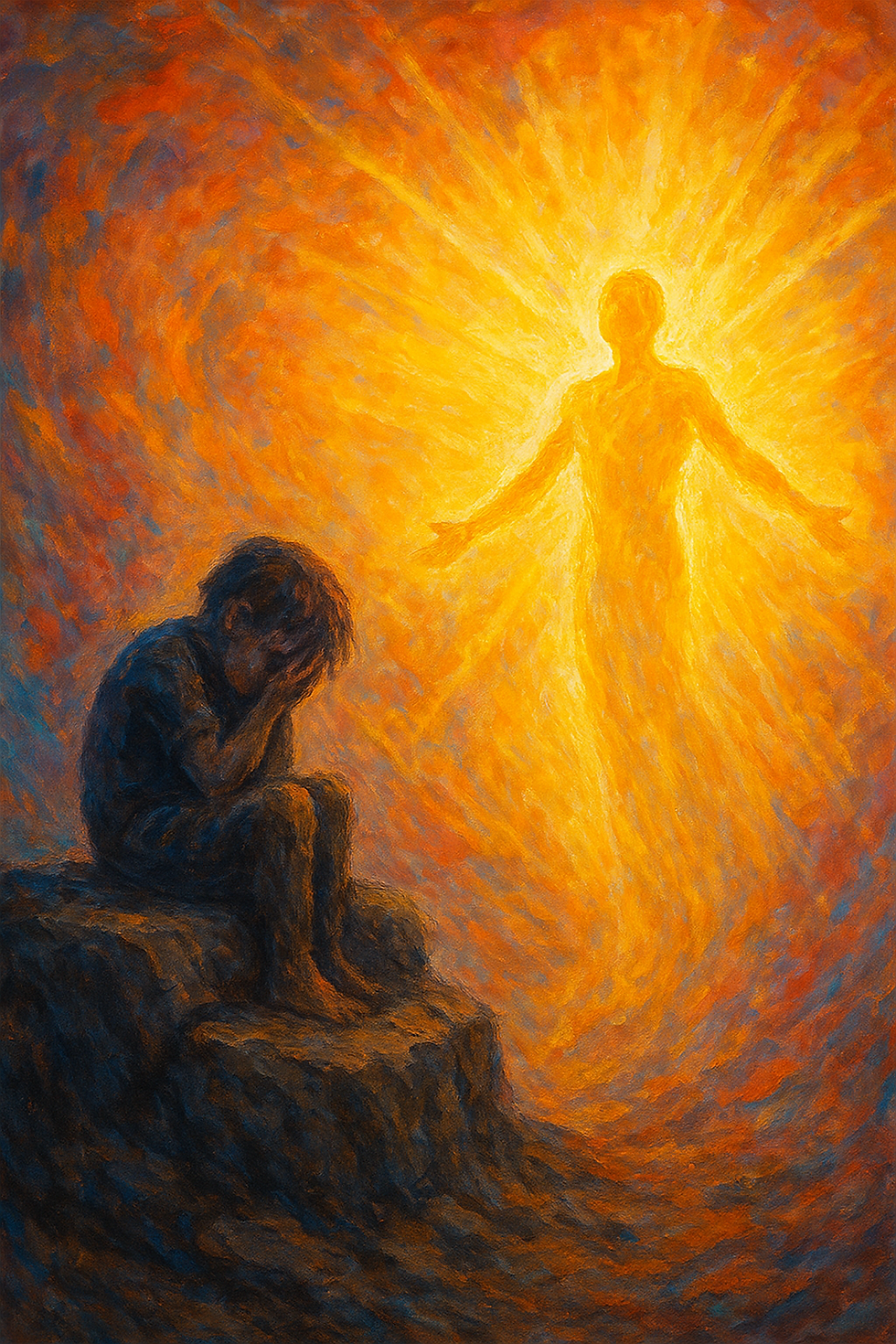The Healing Power of Art Therapy in Mental Wellness
- Elmira Arthur

- May 30, 2024
- 3 min read
Updated: May 13
Art therapy, when used within Regression-Progressive therapy, is especially supportive for children and for those who struggle to articulate their feelings or fear the vulnerability of diving into emotion. While some approaches focus purely on emotions, Regression-Progressive therapy allows you to address false beliefs, internalized roles, and emotional imprints—even when the issue seems unrelated to emotions, like financial strain, health setbacks, or job instability. When you work on a problem rather than the emotion, you're still working with emotion at its core. This method not only supports emotional release but strengthens your capacity for growth and resilience.

Unlocking Emotions Through Art Therapy
Art therapy taps into your natural creative ability to reach deeper emotional and subconscious layers—especially when words fall short. Unlike traditional methods that lean heavily on talking, this approach allows you to bypass the mind’s defenses and express what lives beneath the surface.
Through drawing, painting, or other creative forms, you can access and explore emotional material that might otherwise remain hidden. This space becomes a safe channel to connect with what's been unspoken or unacknowledged.
One of the most transformative aspects of this method is its ability to help you confront and dismantle internalized distortions—false beliefs, stereotypes, and inherited narratives. These often shape how you see yourself, how you relate to others, and how you respond to challenges. When you create art, you're not just expressing—you’re externalizing what's been internal. That act of making something visible can change how you relate to it. New insights emerge, and with them, a shift in perception. This shift often ripples outward into more authentic relationships and choices.
Holistic Therapy
This approach also honors the reality that most external life problems are deeply entangled with unresolved emotions. Financial limitations, chronic illness, or career stagnation rarely arise in isolation. Art therapy helps you see the emotional threads within those issues—not to reduce them to psychology, but to understand how your inner world shapes your outer reality. Addressing this connection allows for deeper and more lasting change than simply fixing symptoms on the surface.
The creative process itself also brings immediate emotional benefits. The act of making art—whether drawing or painting—can release tension, calm anxiety, and create space for reflection. It draws your attention into the present, much like a moving meditation. For those who tend to ruminate or feel stuck in stress cycles, this kind of focus can be especially grounding.
The Transformative Power of Art and it's role in Alternative Mental Health
Art also leaves behind something tangible—a reflection of where you've been and how far you’ve come. The works you create in session become more than images; they’re markers of your journey. You can return to them later, see them with new eyes, and continue to learn from them. That continuity reinforces your growth long after the session ends.
In essence, art therapy within Regression-Progressive therapy isn’t just about making pictures. It’s a method for accessing what words often can’t touch—an entryway into the emotional architecture behind your life patterns. Whether you're working through old pain, inner conflict, or unseen beliefs shaping your reality, this method invites a deeper knowing of yourself. Used on its own or alongside other techniques, it offers a powerful way to bring light, clarity, and movement to places that may have felt unreachable before.


